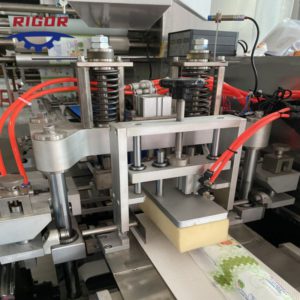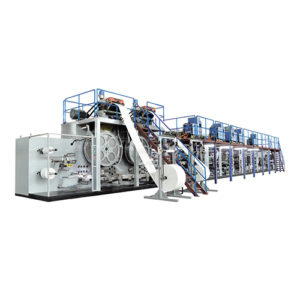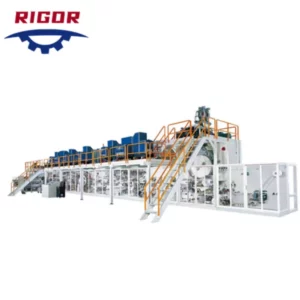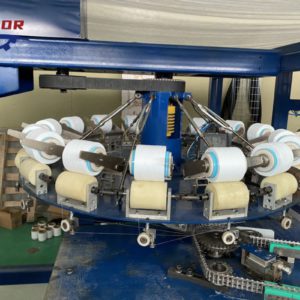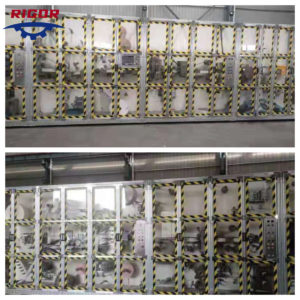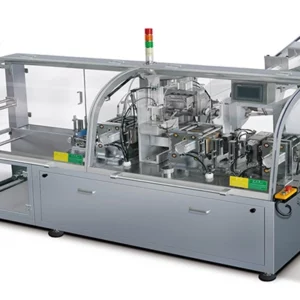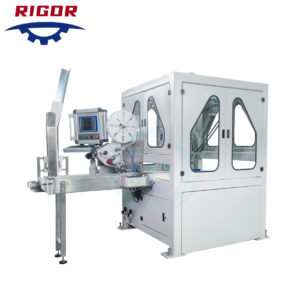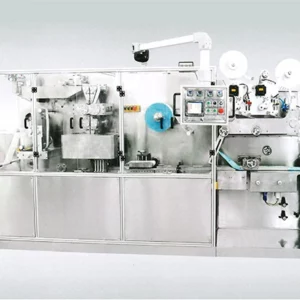Diapers are an essential product for millions of families, yet their price can often feel overwhelming, especially for households with young children. Many parents wonder why such a basic necessity comes with such a hefty price tag. To understand the reasons behind the cost, let’s explore the factors that contribute to the pricing of diapers, from the diaper factory to the shelves at your local store.
1. The Cost of Diaper Manufacturing
The journey of a diaper begins in a diaper factory, where raw materials are turned into the final product. Diaper manufacturing is a complex process that requires advanced technology, high-quality materials, and skilled labor. Here are some main cost factors:
- High-Quality Materials: Diapers are made with specialized materials like superabsorbent polymers (SAP) to ensure they can hold moisture effectively. These materials are not cheap, and their cost directly impacts the final product price.
- Production Technology: Modern diapers are engineered to be lightweight, leak-proof, and comfortable for babies. The machinery used in a diaper factory is highly sophisticated, requiring regular maintenance and upgrades. The investment in such technology adds to manufacturing costs.
- Labor Costs: Skilled workers are needed to operate the machinery, ensure quality control, and oversee the manufacturing process. Labor costs, particularly in countries with higher wages, contribute significantly to the price.
2. Research and Development (R&D)
Diaper manufacturers spend millions of dollars on R&D to improve their products. Parents expect diapers to be more absorbent, softer, and environmentally friendly with each new version. This continuous innovation comes at a cost:
- Comfort and Fit: Manufacturers invest in designing diapers that fit snugly without causing discomfort for babies.
- Eco-Friendly Options: With rising consumer demand for sustainable products, diaper manufacturers are developing biodegradable or reusable options, which require additional research and testing.
- Safety Standards: Diapers must meet strict safety and quality standards to ensure they are safe for babies’ delicate skin, adding to production expenses.
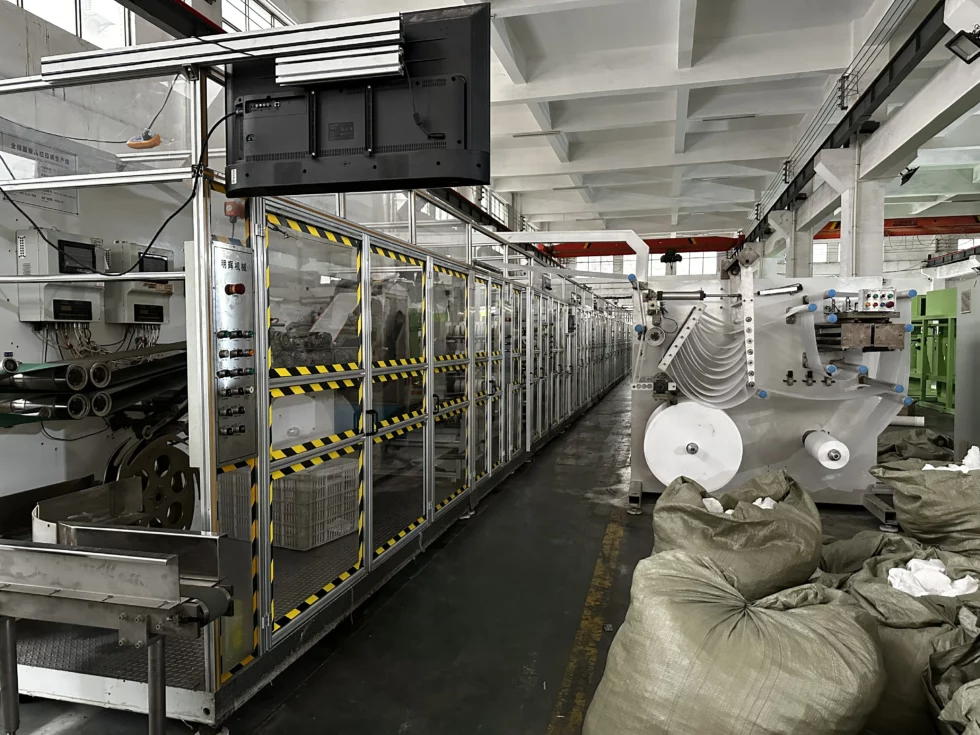
3. Supply Chain and Distribution
The journey from the diaper factory to the consumer is another factor that drives up costs. This process involves:
- Transportation: Shipping diapers across the country or even globally increases expenses due to fuel costs and logistics.
- Packaging: Diapers require durable and attractive packaging to protect the product and appeal to customers.
- Retail Markup: Retailers add their own markup to cover storage, advertising, and profit margins, further increasing the price parents pay at checkout.
4. Marketing and Brand Competition
Diaper manufacturing is a competitive industry with major players like Pampers, Huggies, and Luvs spending heavily on advertising to capture market share. Marketing costs, including TV ads, online campaigns, and in-store promotions, are factored into the price of each diaper. Additionally, premium brands may charge higher prices due to their reputation and perceived quality.
5. Demand and Limited Alternatives
Diapers are a non-negotiable item for parents with young children, creating constant demand. Because most families rely on disposable diapers, there are limited alternatives available in the market, giving manufacturers more control over pricing.
How to Save on Diapers
While diapers can be expensive, there are ways to reduce costs:
- Buy in Bulk: Purchasing larger packs often lowers the cost per diaper.
- Look for Sales and Coupons: Many retailers and brands offer discounts or loyalty programs.
- Consider Store Brands: Generic or store-brand diapers are often more affordable and still effective.
- Explore Reusable Options: Cloth diapers may have a higher upfront cost but can save money in the long run.
The high price of diapers can be traced back to the intricate process of diaper manufacturing, from the raw materials used in a diaper factory to the costs of research, distribution, and marketing. While these expenses ensure a high-quality product, they also make diapers a significant expense for families. By understanding the factors behind the cost, parents can make informed decisions and find ways to save without compromising on their baby’s comfort and safety.
